Data Analyst Certification Course in Bangalore, IN
(4.7) 9820 ratings.

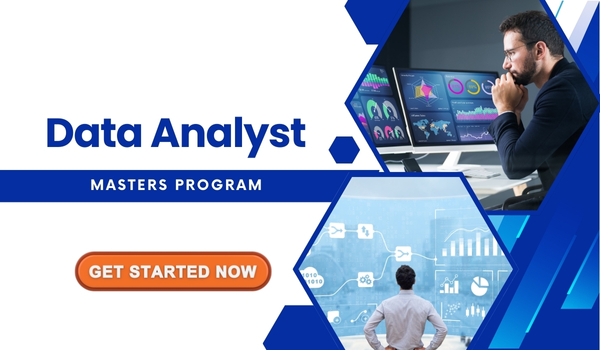
(4.7) 9820 ratings.


Next Batch Starts
Program Duration
Learning Format
GoLogica Academic's Master Program features a structured curriculum, paving the way to Global scope.
GoLogica having a 15+ years of experience on career transforming programs with industrial oriented Skills.
GoLogica Advanced Programs delivers cutting-edge AI Training, offering insights into the latest trends.
GoLogica emphasizes practical learning with exercises, projects to equip you with real world application.
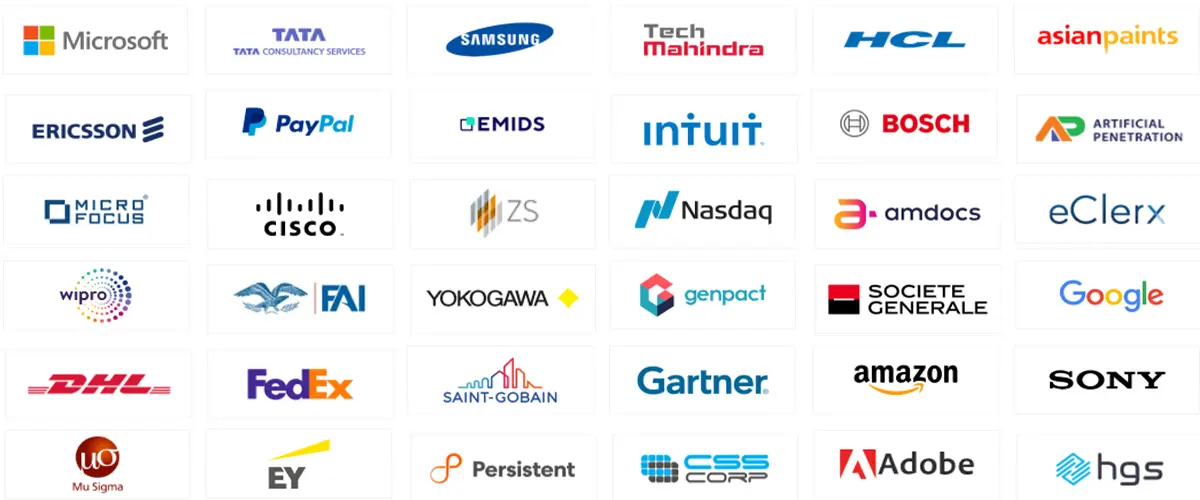
GoLogica Data Analyst Training in Bangalore is an organized learning path suggested by industry experts. The course helps you become an expert Data Analytics professional. Our teachers will help you learn to use tools like Power BI, Python, and Tableau. Data analysis is the process of gathering, processing, and performing statistical analysis on large data sets to find useful data and support decision-making.
Data Analysts gather, clean, and evaluate data to find insights and help make business decisions. They use data visualization techniques and statistical tools to see patterns and trends and showcase their findings in dashboards and reports.
They play a significant role in companies as they have to ensure data accuracy, create visualization, and conduct statistical analyses to communicate findings effectively. The data analysts use statistical techniques and tools to discover and analyze data and find patterns, trends, and relationships. They prepare visual representations of the data findings via several methods. The methods are graphs, dashboards, and charts to make the data logical.
From this course, you will learn key analytical skills and tools. The tools are SQL, spreadsheets, R, and more, and the skills are data cleaning, analysis, and visualization.
The course syllabus is:
The course is for both freshers and experienced professionals working in the IT sector. Our Data Analyst certification course includes self-paced and instructor-led training. This allows the students to learn skills independently and get guidance from industry experts. The duration of this Data Analyst Training in Bangalore is 15 weeks. However, it might vary for every individual.
Once you join this course, you will get lifetime and immediate access to all the courses given in this program. We provide guidance for preparing interviews and creating resumes. After completing this certification program, you can access several job opportunities based on your skills and specific interests. It includes a data analyst, Business Analyst, Market Research Analyst, Financial Analyst, and more.
Data analytics skills are becoming the most demanded skills across several industries. With this, you will get job opportunities in various fields such as Healthcare, Marketing, Technology, and Finance.
Top companies like Bain & Company, PWC, Morgan Stanley, IBM, Accenture, McKinsey & Company, Wells Fargo, Deloitte, Oracle, EY, Citibank, etc. are hiring certified and expert data analysts.
GoLogica Oracle SQL training provides comprehensive instruction in SQL, covering database management, data manipulation, and more. Gain hands-on experience in this essential database language with expert-led training and advance your career with GoLogica.
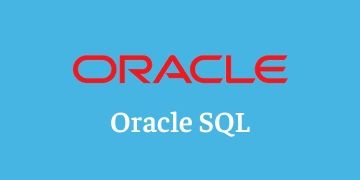
GoLogica Tableau Training helps you master data visualization and business intelligence with Tableau. Our comprehensive training program covers all the essential topics, including data connections, calculations, dashboards, and more. Enroll now and learn from industry experts!
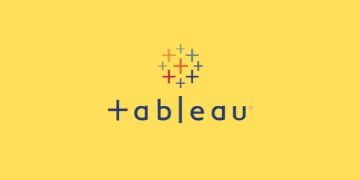
Learn the GoLogica Data Analyst Master Training—it's interactive and perfect for the real world. You get support all the time, learn practical things from industry experts, and choose when you want to have classes. Our experienced professionals will guide you, and you can access study materials for free.
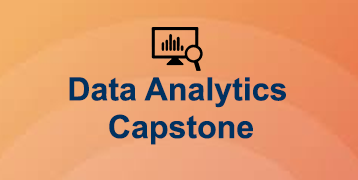
The GoLogica Business Analytics with Excel course goes beyond the basics and explores advanced features of Microsoft Excel. Study how to analyze large sets of data, make decisions based on them, generate impactful visualizations, and unlock important business information.
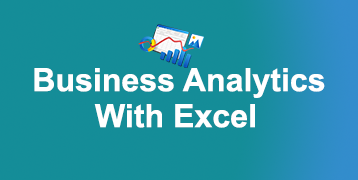
Programming Basics and Data Analytics with Python is a complete course offered by GoLogica. Learn the fundamentals of programming and data analytics using Python. Gain skills in programming fundamentals, data manipulation, statistical analysis, and data visualization.
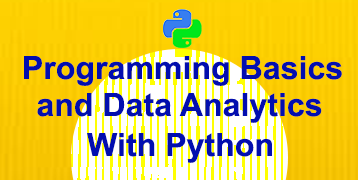
The GoLogica Data Analytics with R class helps you learn R programming so that you can do powerful data analysis. Take part in live classes, work on real projects, and better your job with data analysis. Sign up now to learn by doing and get a certification known all over the world.
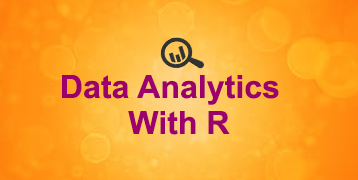
Learn data science with the GoLogica R Programming course. Learn the basics of R and then move on to advanced machine learning. This complete training gets you ready for a successful career in data science. Join now to get hands-on experience and earn a certification recognized worldwide.
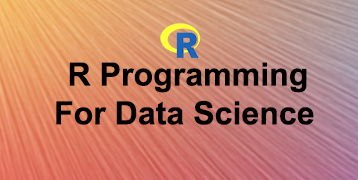


This will help you to better understand the Data Analyst industry.
you will be able to grow your career by broadening your proficiency in Data Analyst.
With this, the students will be able to decide their careers in the right way.
We Help with face-to-face interaction through mock interviews & Exams

Powered by
Paypal
Debit/Credit
UPI
GoLogica Data Analyst Certification holds accreditation from major global companies worldwide. Upon completion of both theoretical and practical sessions, we offer certification to both freshers and corporate trainees. Our certification on Data Analyst is recognized globally through GoLogica, significantly enhances the value of your resume, opening doors to prominent job positions within leading MNCs. Attainment of this certification is contingent upon the successful completion of our training program and practical projects.
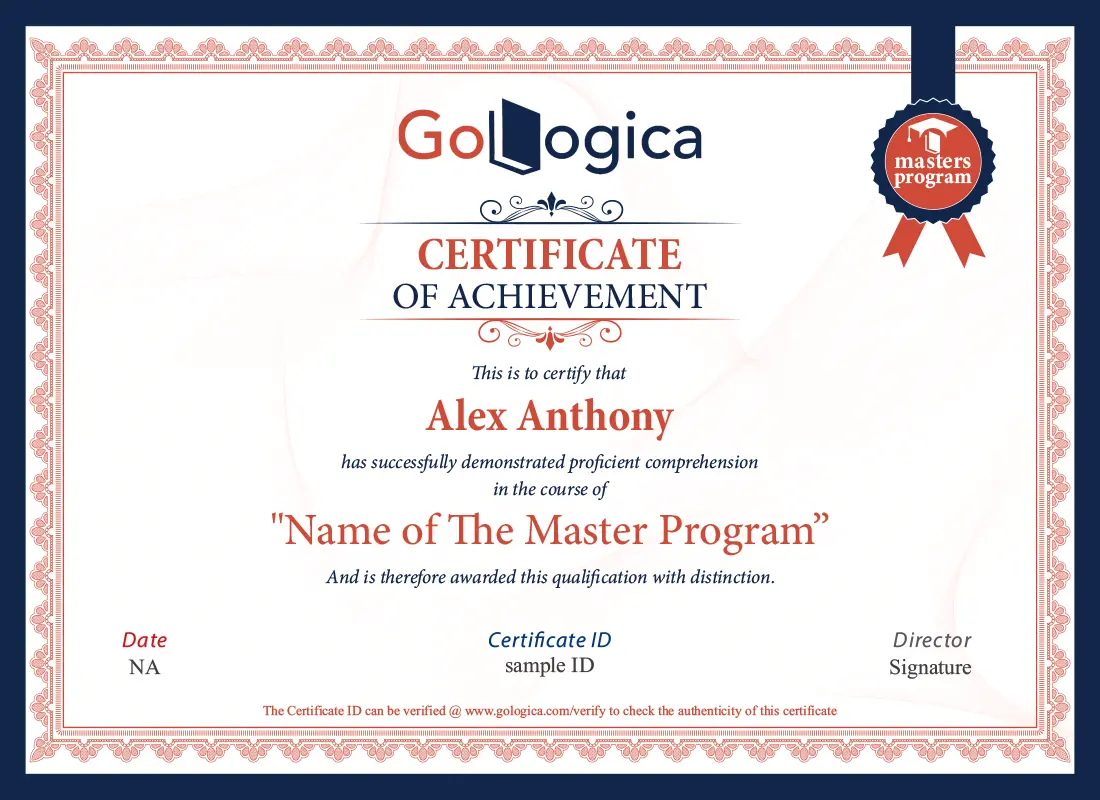
The U.S. Bureau of Labor Statistics forecasts a 25% increase in employment for information security analysts from 2020 to 2030, significantly outpacing the average for all occupations. Additionally, Data Analysts Ventures predicts 3.5 million unfilled Data Analysts jobs worldwide by 2025.
According to the BLS, Data Analysts professionals are well-compensated. The median annual wage for information Data Analysts Specialist was $ $60,000 to $70,000 PA It’s depending on factors such as experience, location, and specific job responsibilities
Are you preparing for a interview? If yes, our expert tutors will help you with this.
Data analysts make use of numbers and data to help companies make best business decisions. They prepare, process, evaluate, and visualize data, identify patterns & trends, and provide answers to key queries. This helps the company authority to make correct business decisions.
This course is good for individuals with programming and non-programming backgrounds. However, it would be good if you have a basic knowledge of certain programming languages. It includes Java, R, SQL, or Python.
The Data Analysis process includes collecting, cleaning, modeling, organizing, and visualizing data. Its main aim is to extract helpful insights for making perfect decisions.
For this, you must have a detailed understanding of Python or R programming languages, SQL, regression, data visualization methods, statistics, etc. It would be better to join the Data Analysis Master’s Program by GoLogica.

178 learners (4.9) 6 Months View Program

263 learners (4.8) 6 Months View Program

189 learners (4.9) 6 Months View Program

154 learners (4.1) 6 Months View Program